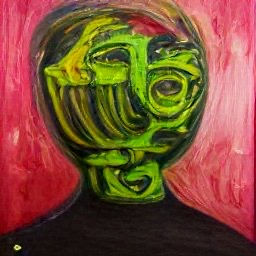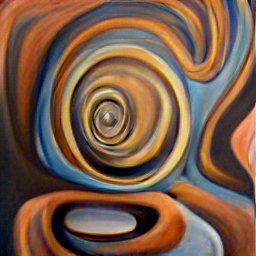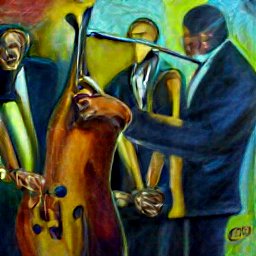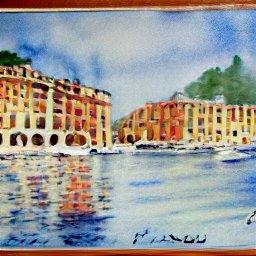ARTificial intelligence
- 13maxhansen
- Jul 25, 2022
- 2 min read

In a world were technology is improving exponentially, and computers and networks are becoming smarter by the second, artificial intelligence is HUGE.
Artificial intelligence is being used in ways we couldn't have imagined, from facial recognition, to writing screenplays, to companies using it to find oil in the earth. I've been paying attention to AI and it's developments for a few years now, seeing how it has evolved and where it could take us in the future. I have always kept it at an arms reach until recently, where I discovered that people have been using it to make art.
DALL·E is a 12-billion parameter version of GPT-3 trained to generate images from text descriptions, using a dataset of text–image pairs. We’ve found that it has a diverse set of capabilities, including creating anthropomorphised versions of animals and objects, combining unrelated concepts in plausible ways, rendering text, and applying transformations to existing images.

All it takes is a prompt, and out comes art. It is an astonishing feat, an incredible invention, but is it right? Artists spend lifetimes curating their skills and honing their crafts. Art takes patience and skill, learning how to turn ideas into visual or audible works takes experience and natural talent. Anyone with a computer and an idea can art with DALL·E, which while this is amazing, it takes away from the craft of artists.
To gain a perspective into the experience that is using DALL·E, I decided to try it myself. While the official version, created by Open AI, is in beta phase currently, I found a smaller, free version of the software. The art you are seeing in this post are what came from this experience. I simply gave it a few prompts (e.g. oil on canvas, distortion, mind, and even a penguin in a top hat holding a gun), and within a minute, the program provided 9 seperate outputs. I noticed that when you use a prompt that is less common on the internet, the output was quite varied. While when I put in a prompt where the topic is well documented with lots of results, the results were much more similar.
DALL-E 2 takes text as input, and produces images as its output. But this isn’t all done in one go; rather, DALL-E 2 represents the culmination of a variety of techniques that have been built on and improved bit by bit over the past few years. These techniques are stacked on each other like lego blocks in order to compose the full model.
I'm amazed at how far technology and machine learning has come in just the last 5 years, its capabilities are incredible. However the argument against using it for art, in my opinion, is to be acknowledged and respected.












Comments